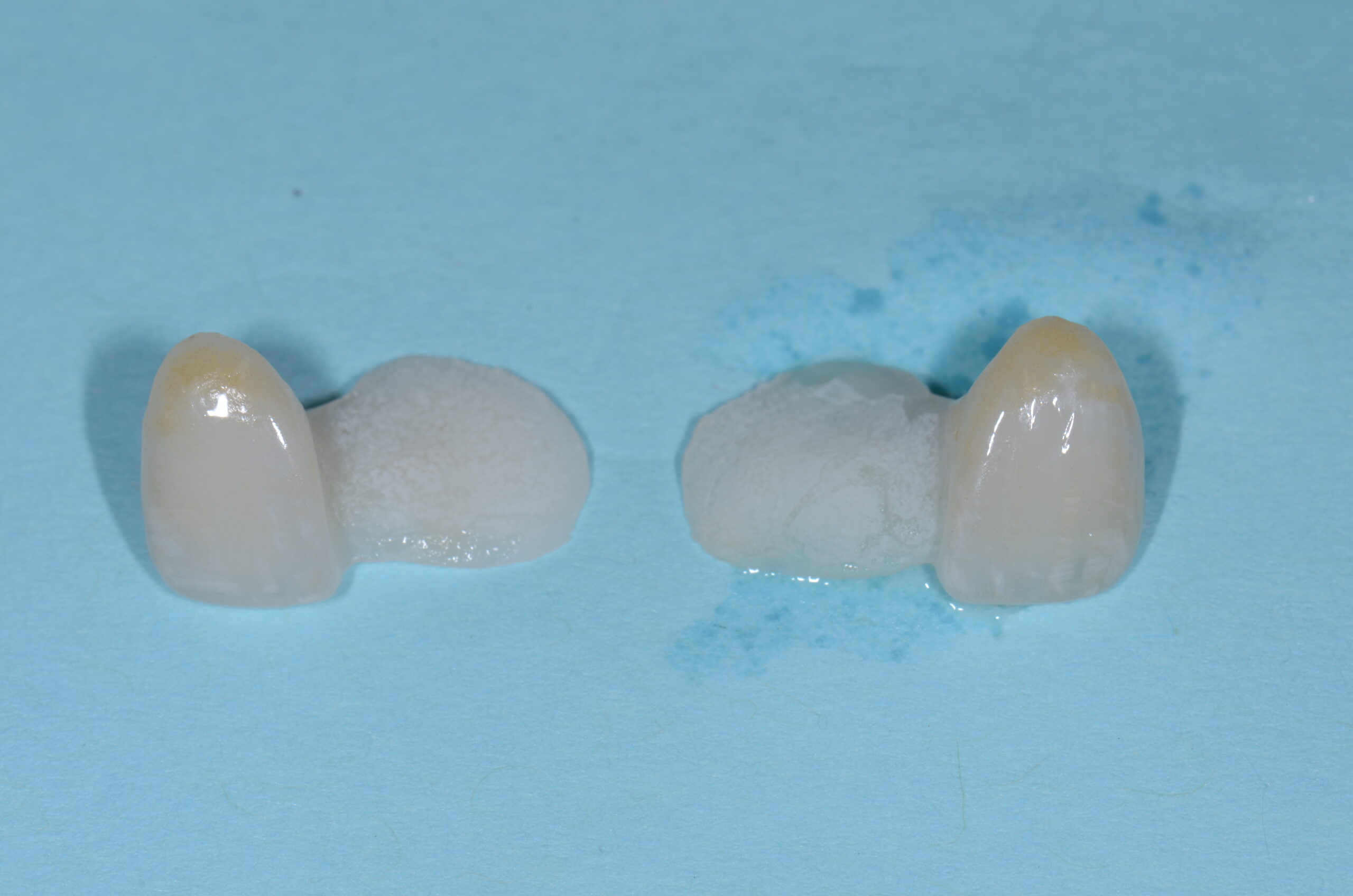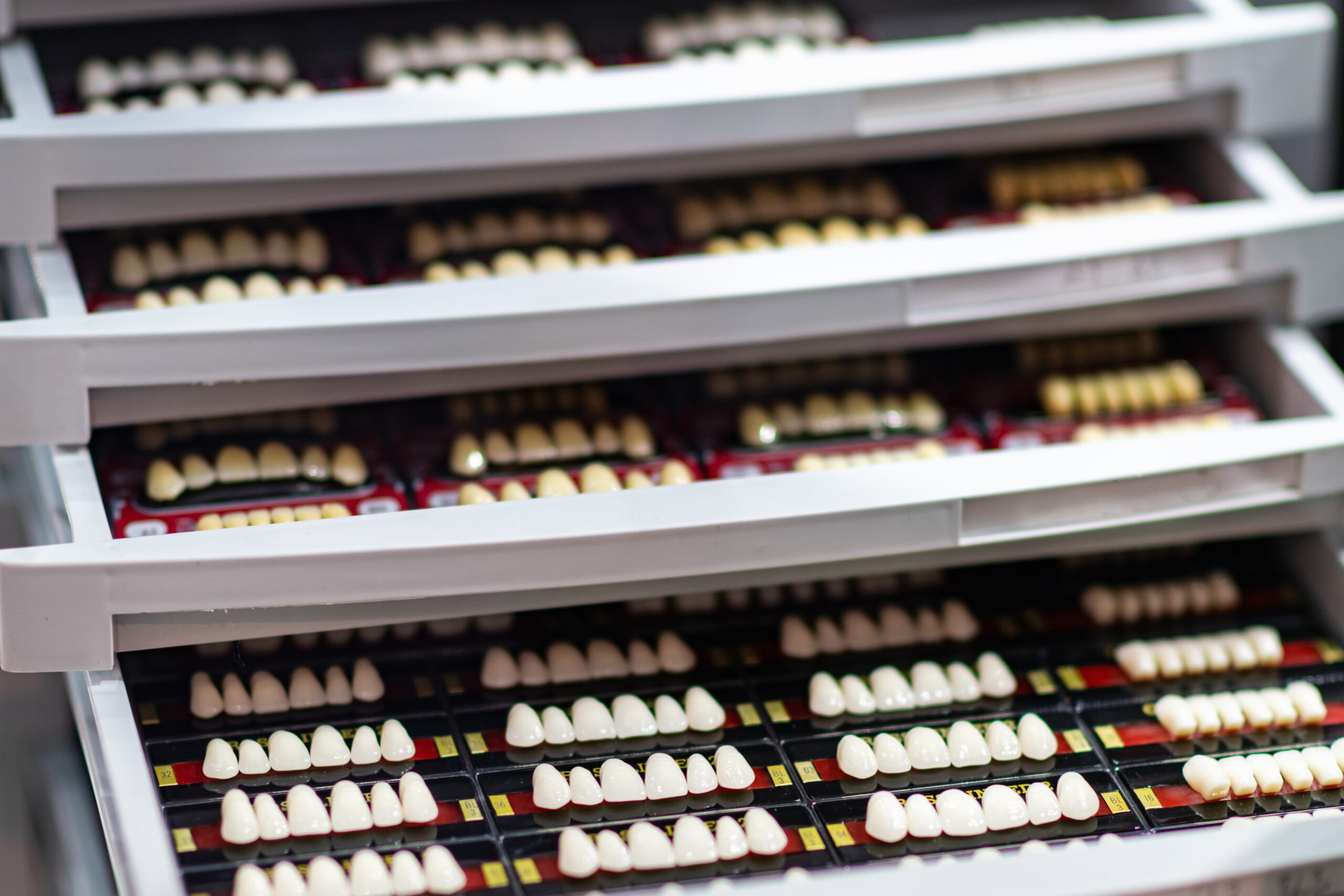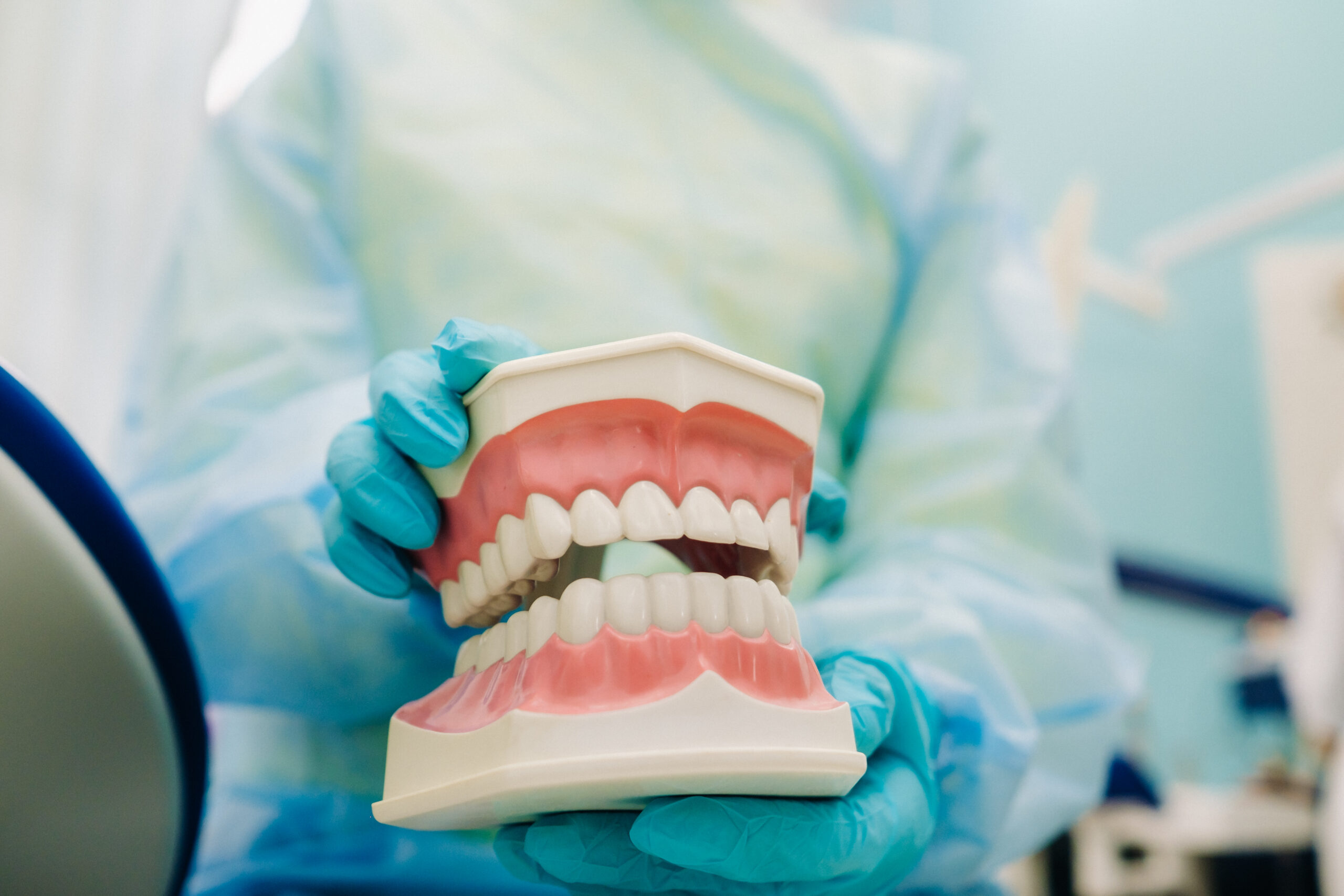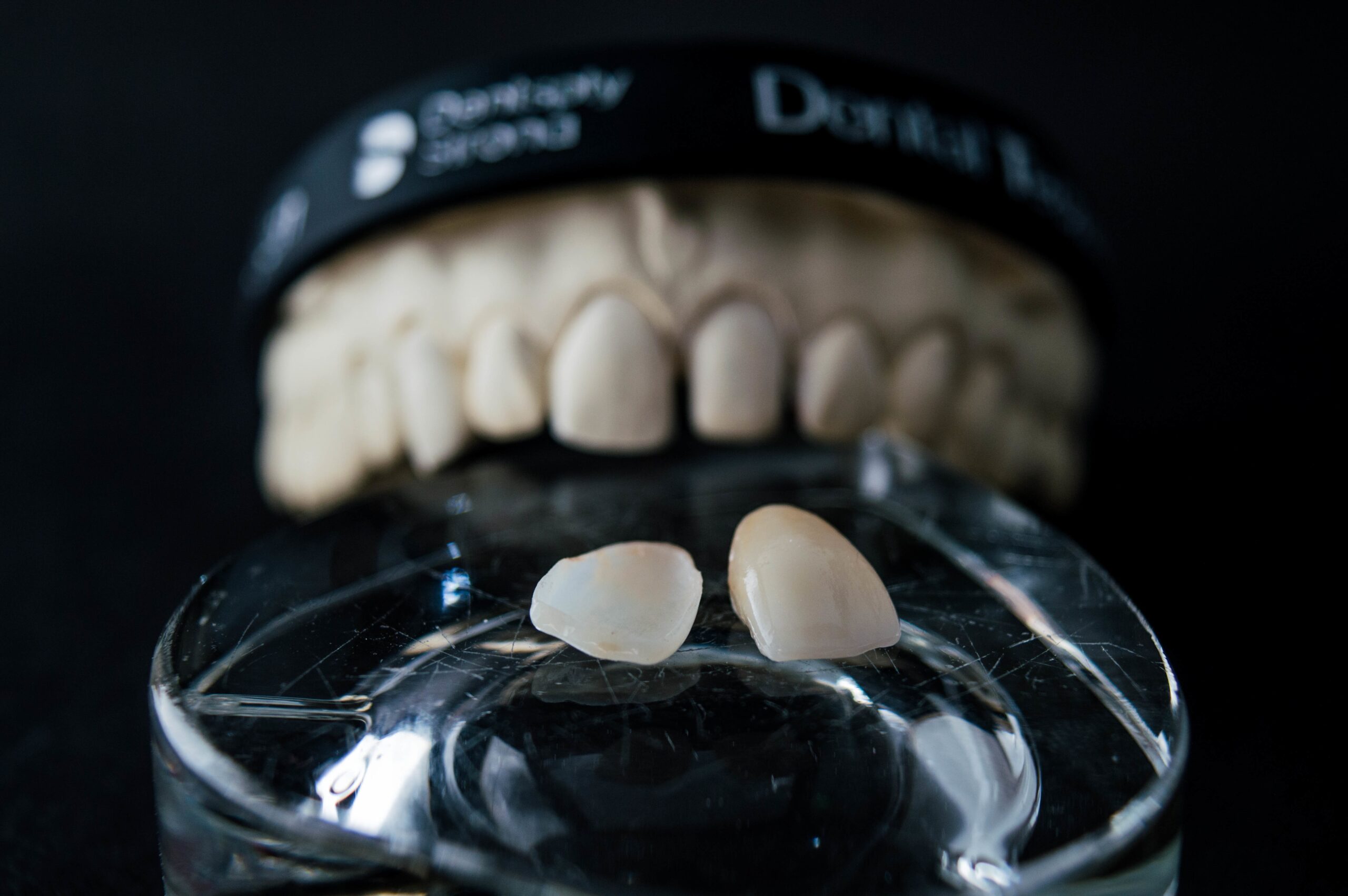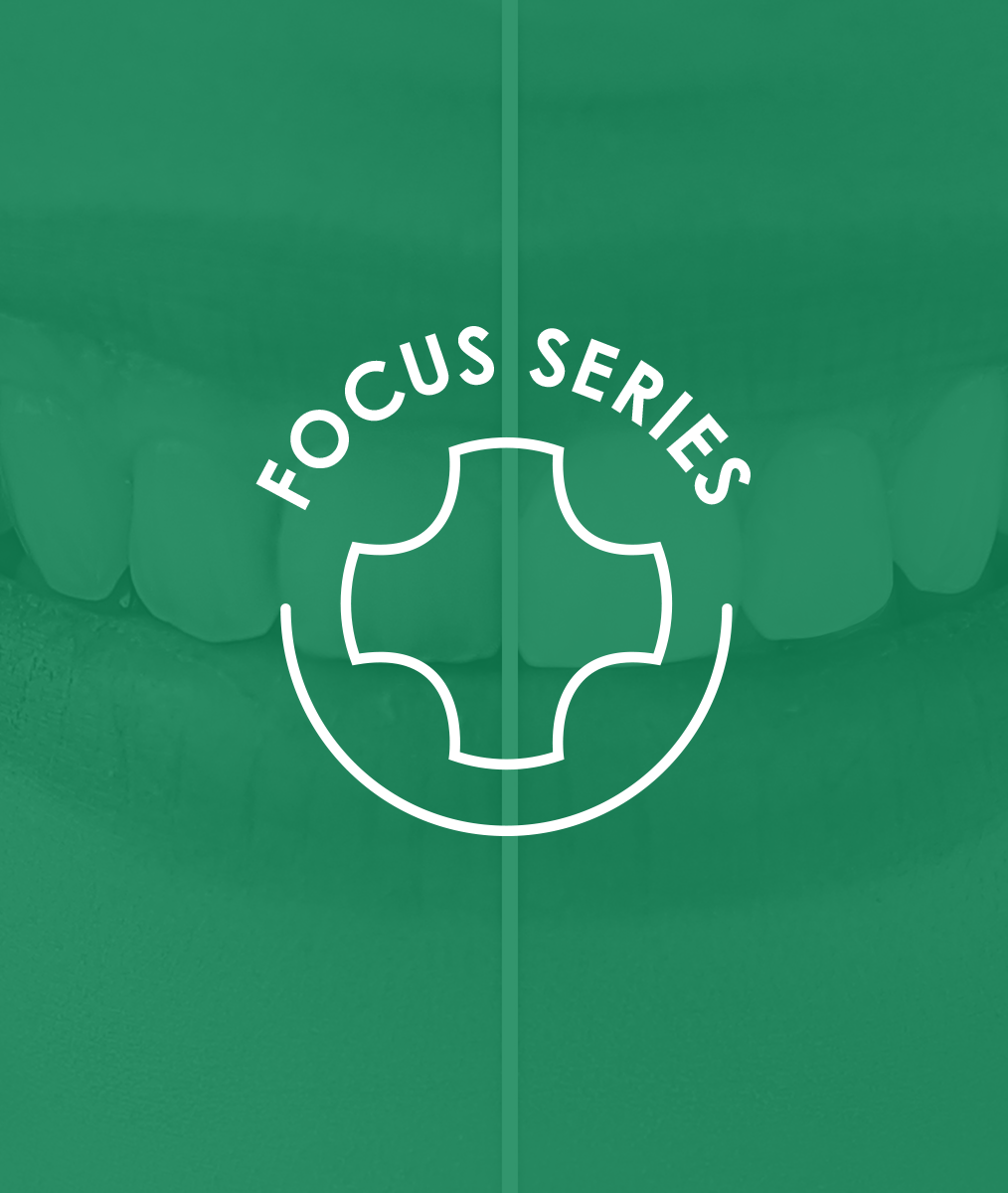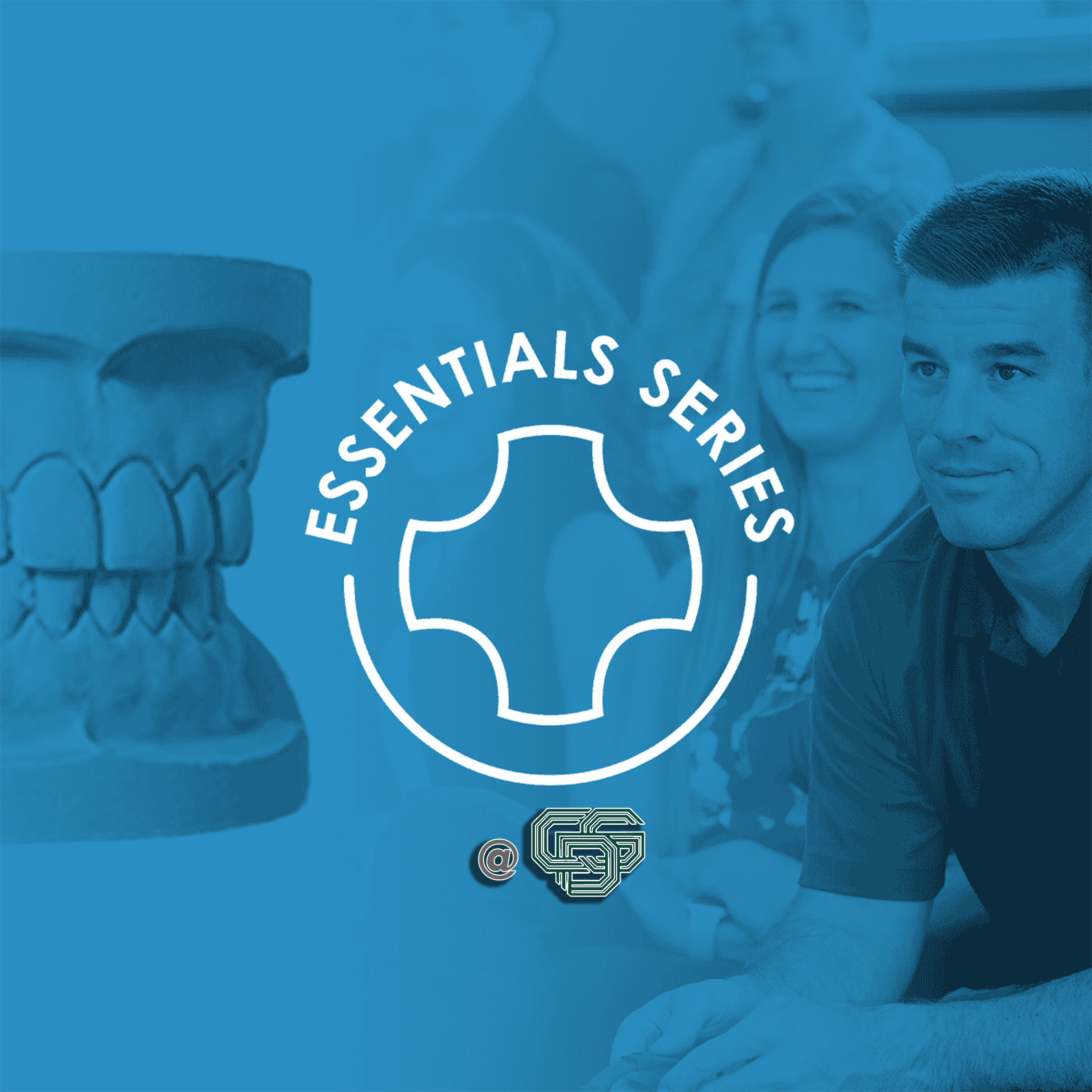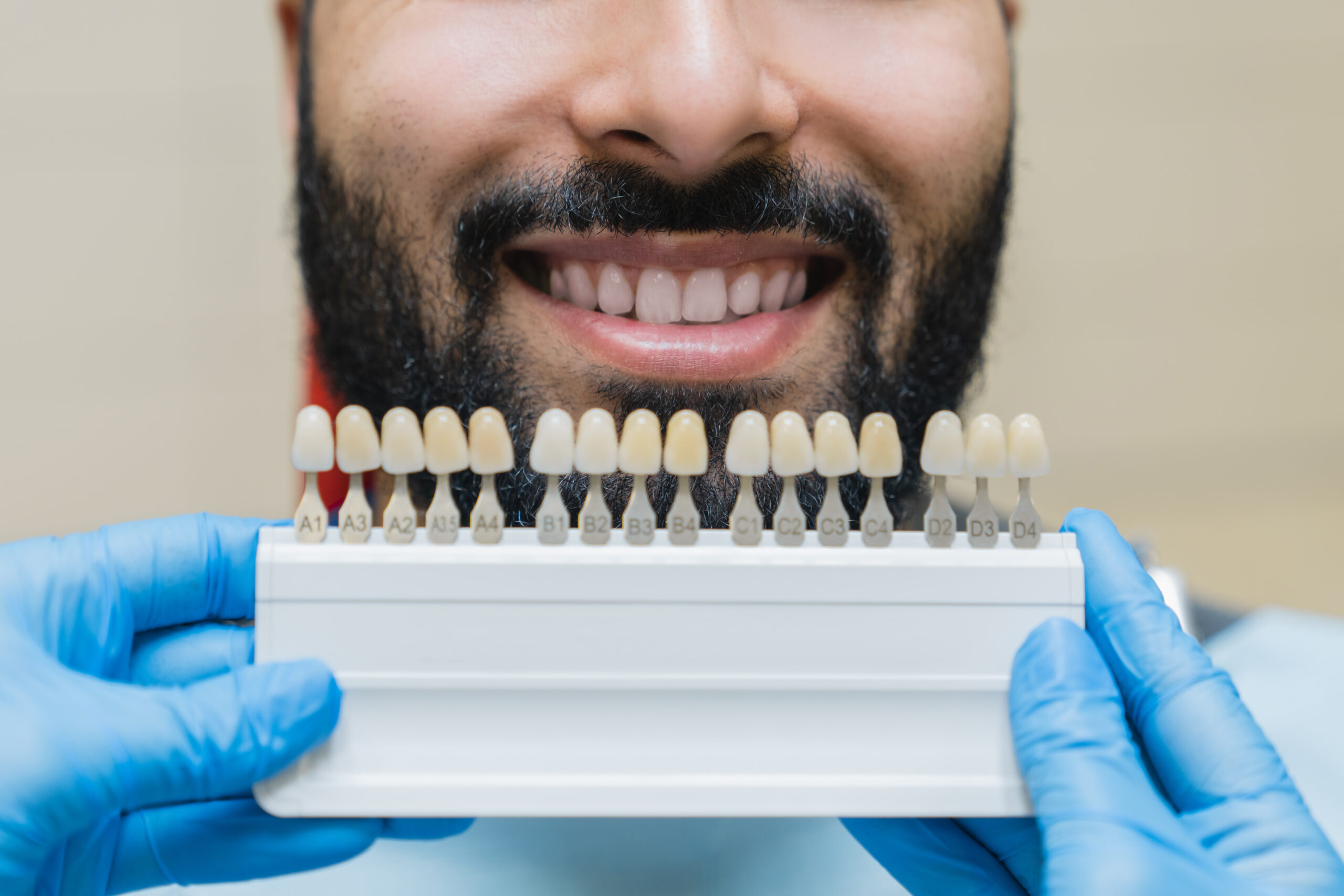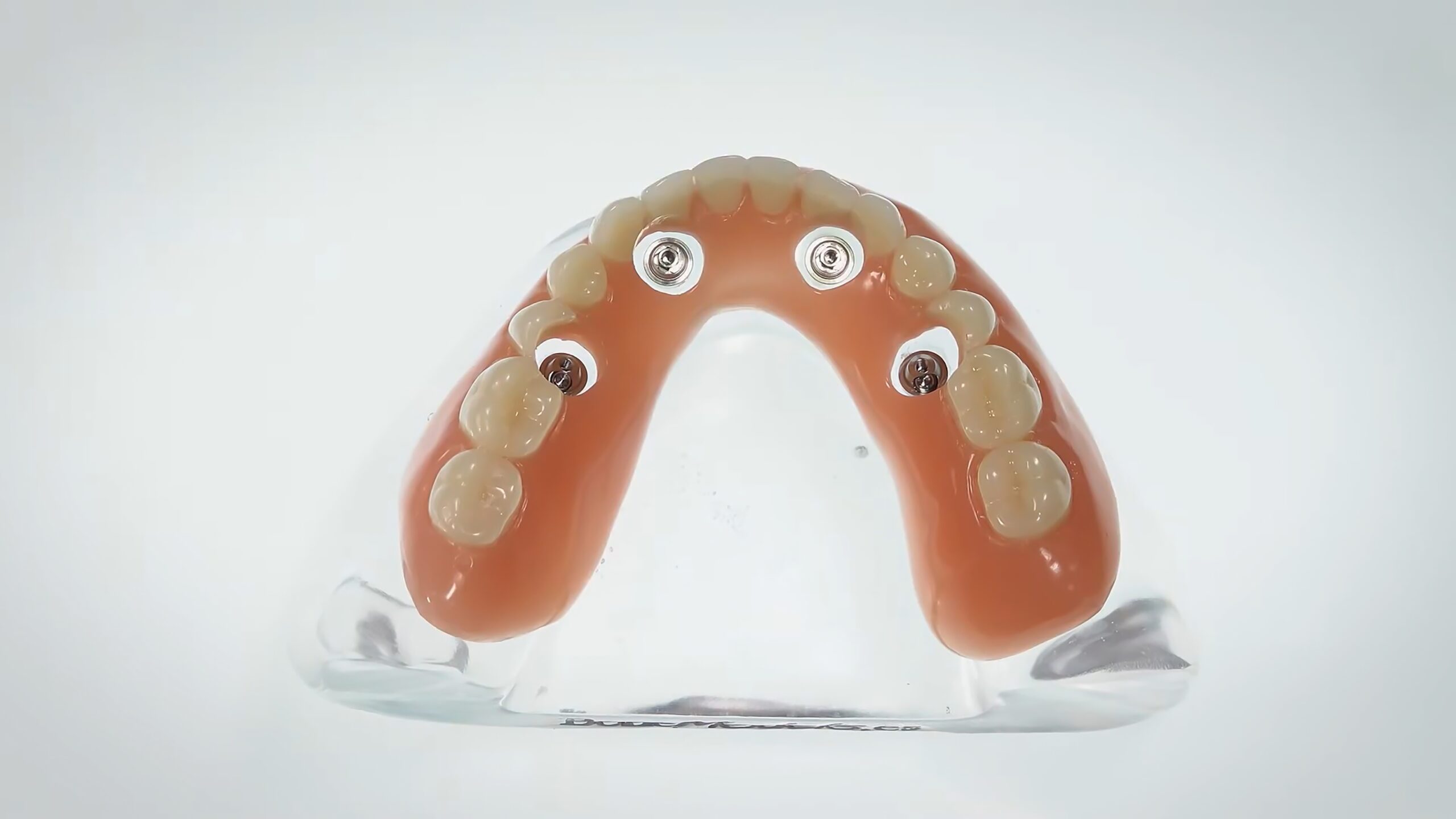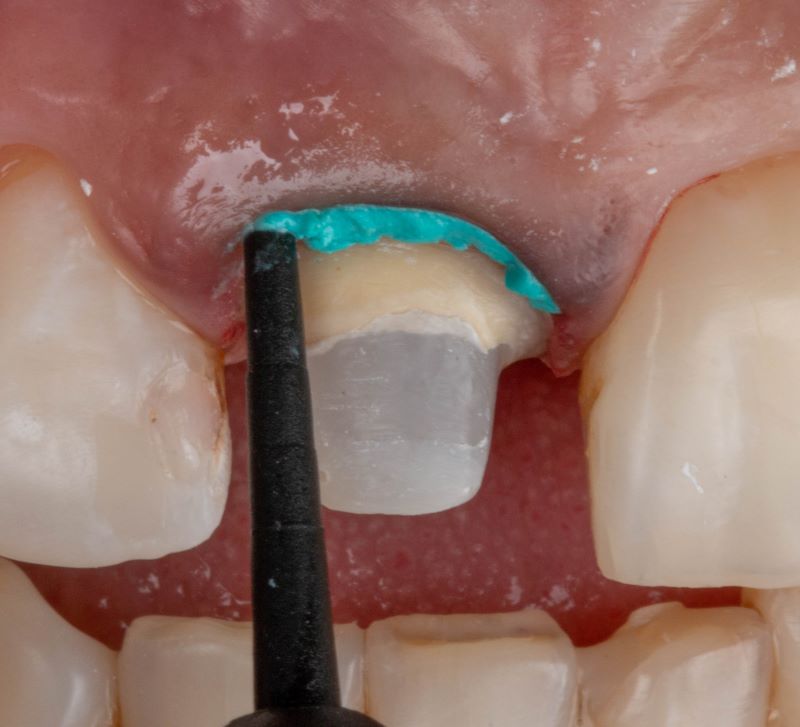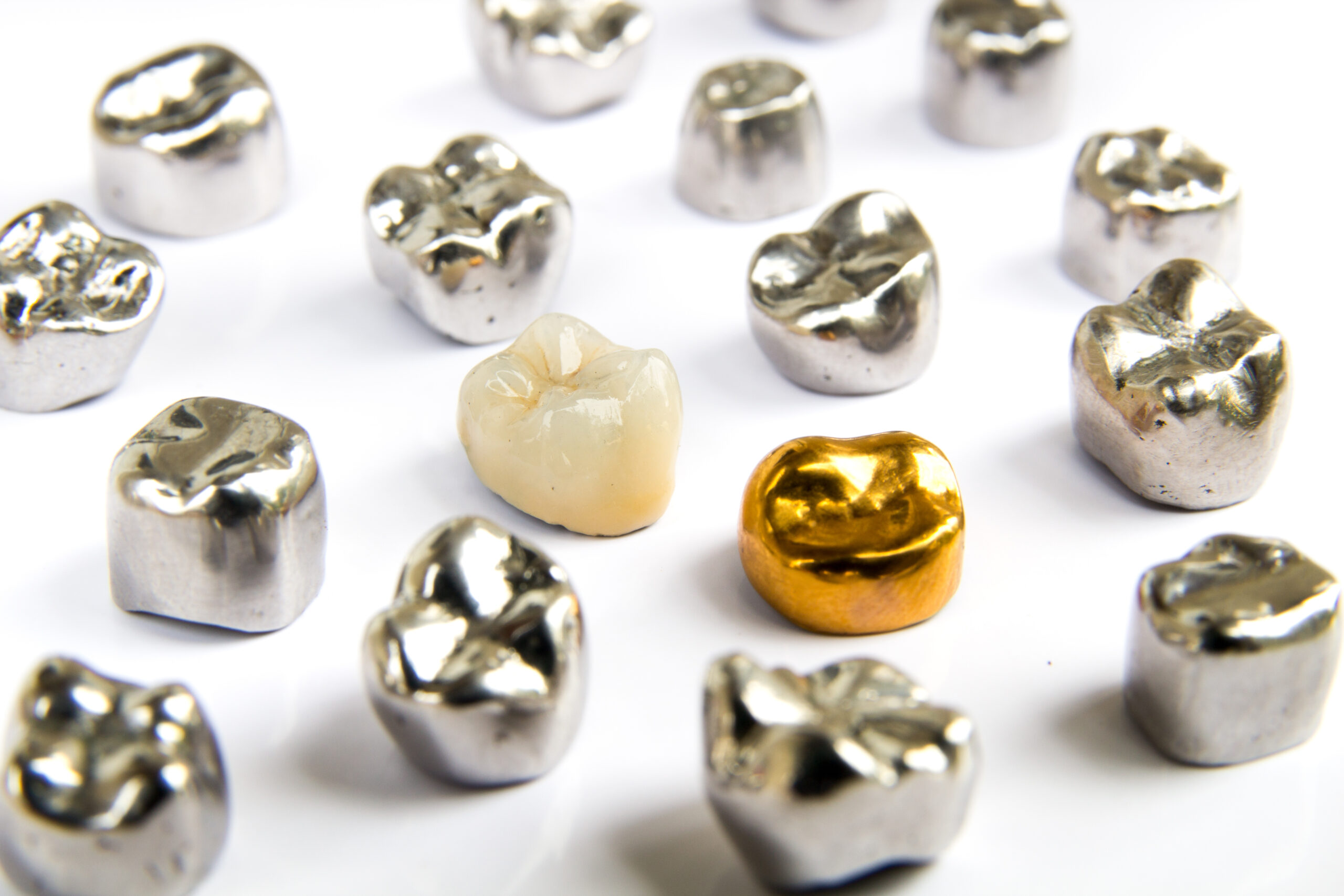Resin-Bonded Bridges Part 1: The Restorative Option You Didn’t Know You Needed
By Lee Ann Brady, DMD
Balancing Benefits and Risks in Restorative Dentistry
As restorative dentists, our commitment to providing high-quality, lasting care is unwavering. Ideally, we’d offer our patients restorative solutions that last a lifetime without needing repair or replacement. However, in reality, no restoration is permanent, so balancing the benefits and potential risks is essential in choosing the right solutions for each patient.
What Makes Resin-Bonded Bridges Unique?
Among restorative options, resin-bonded bridges may not be the first to come to mind, yet they serve as a unique solution for specific cases. Resin-bonded bridges are known for their conservative approach—they don’t require extensive alteration of the surrounding teeth and can often be placed without surgical intervention. For young patients, in particular, this minimally invasive option has a range of benefits.
Preserving Alveolar Ridge Development in Young Patients
One of the reasons resin-bonded bridges are favorable for younger patients is their flexibility in preserving the natural development of the alveolar ridge. By delaying more permanent options, such as implants, patients can avoid the potential complications related to ridge development and aesthetics that could arise years later. These bridges also offer an unobtrusive alternative, especially for patients who need a solution but may not be ready for an implant due to age or other factors.
Setting Realistic Expectations with Patients
Recommending a resin-bonded bridge requires a balanced approach to patient communication. These bridges are more likely to become loose over time, demanding a higher level of care and caution from patients. They must be aware of dietary limitations, avoiding hard or sticky foods that could disrupt the bond. Educating patients on the longevity and maintenance requirements of resin-bonded bridges helps set realistic expectations while ensuring they understand the care involved.
A Conservative Yet Valuable Solution
Despite their potential for detachment, resin-bonded bridges remain a valuable choice when the clinical situation calls for it. They offer patients a pathway to maintain oral functionality and aesthetics without the invasiveness of traditional restorative methods. Especially in younger individuals or those with adjacent unrestored teeth, this solution balances the need for stability with the importance of conserving natural tooth structure.
Up Next in Part 2
Part 2 of this series will discuss how resin-bonded bridges compare with other restorative options, such as traditional fixed bridges and implants. By understanding these options more fully, we can better guide our patients toward the solution that best fits their unique needs and preferences.
Related Course
Compromise to Co-Discovery: A Treatment Planning Journey
DATE: October 21 2025 @ 8:00 am - October 23 2025 @ 1:00 pmLocation: Online
CE HOURS: 21
Regular Tuition: $ 2995
Single Occupancy with Ensuite Private Bath (per night): $ 345
The Balance of Communication, Case Planning & Occlusion Dr. Melkers always brings a unique perspective to his workshops and challenges us to the way we think. At Compromise to Co-Discovery,…
Learn More>
